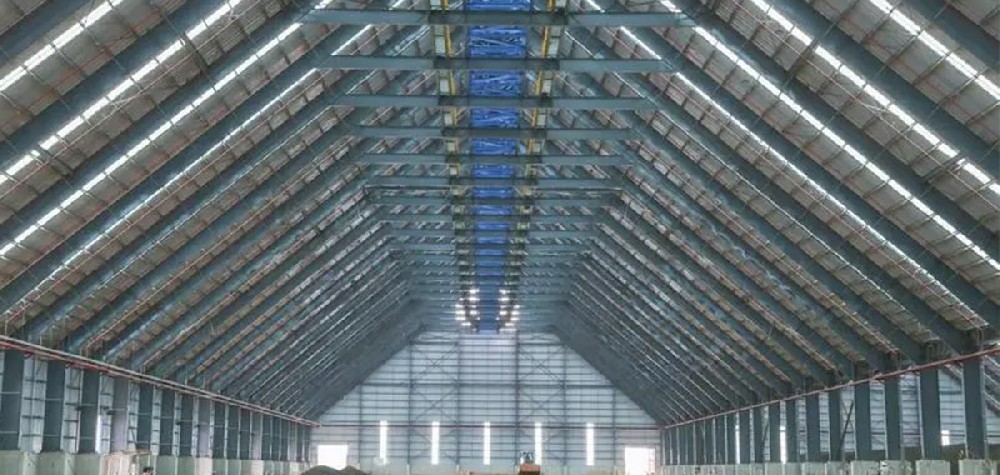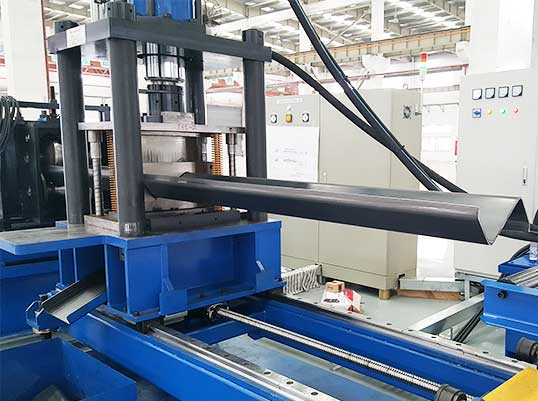Navigation Menu
Contact Us
- Email:
- info@wxavatar.com
- Address:
- Yurong Village, Yuqi Street, Huishan District, Wuxi, China.
Release Date:Jul 14, 2025 Visit:39 Source:Roll Forming Machine Factory
Solar stand roll forming machines have become essential equipment in the manufacturing of mounting structures for solar panel installations. These specialized machines transform metal coils into precise, uniform components used to support solar arrays. The technology behind these machines offers several advantages that contribute to enhanced production efficiency in metal fabrication operations.

Precision Engineering for Consistent Output
Solar stand roll forming machines utilize advanced tooling systems to create components with tight dimensional tolerances. The precision-built rollers gradually shape the metal through multiple stations, ensuring each piece meets exact specifications. This high level of accuracy reduces material waste and minimizes the need for secondary processing, allowing for faster completion of orders.
High-Speed Production Capabilities
Modern solar stand roll forming equipment operates at impressive speeds, capable of producing hundreds of linear feet of formed metal per minute. The continuous operation eliminates the start-stop cycles associated with other metal forming methods, maintaining consistent throughput. This rapid production pace enables manufacturers to fulfill large-volume orders within shorter timeframes.
Reduced Labor Requirements
The automated nature of roll forming technology significantly decreases manual labor needs compared to traditional fabrication methods. Once properly set up and programmed, the machine can operate with minimal supervision, allowing staff to focus on quality control and other value-added tasks. This optimization of human resources contributes to overall productivity improvements.
Material Utilization Efficiency
Solar stand roll forming machines are designed to maximize material usage, with sophisticated control systems that minimize scrap generation. The process allows for nesting of different components to optimize coil usage, reducing raw material costs. Efficient material handling systems further contribute to smoother production flow and less downtime for coil changes.
Flexibility in Production
Contemporary roll forming machines for solar stands offer quick changeover capabilities between different product specifications. With adjustable tooling and computerized controls, manufacturers can switch between different solar stand profiles with minimal downtime. This adaptability enables production facilities to respond quickly to varying customer requirements without sacrificing efficiency.
Integration with Finishing Processes
Many solar stand roll forming systems incorporate inline punching, notching, and cutting operations, creating finished components in a single pass. This integration eliminates separate processing steps, reducing handling time and potential bottlenecks in the production workflow. The result is a more streamlined manufacturing process from raw material to finished product.
Quality Control Advantages
Built-in measurement systems and sensors monitor product quality throughout the forming process, immediately identifying any deviations from specifications. This real-time quality assurance reduces the likelihood of producing non-conforming parts that would require rework or replacement. Consistent quality output translates to higher overall production efficiency.

Conclusion
Solar stand roll forming machines provide manufacturers with a reliable method to increase production efficiency through precision engineering, high-speed operation, material optimization, and process integration. These machines enable fabricators to meet growing demand for solar mounting structures while maintaining competitive production costs and consistent product quality. As solar energy adoption continues, roll forming technology remains a valuable solution for efficient manufacturing of support components.